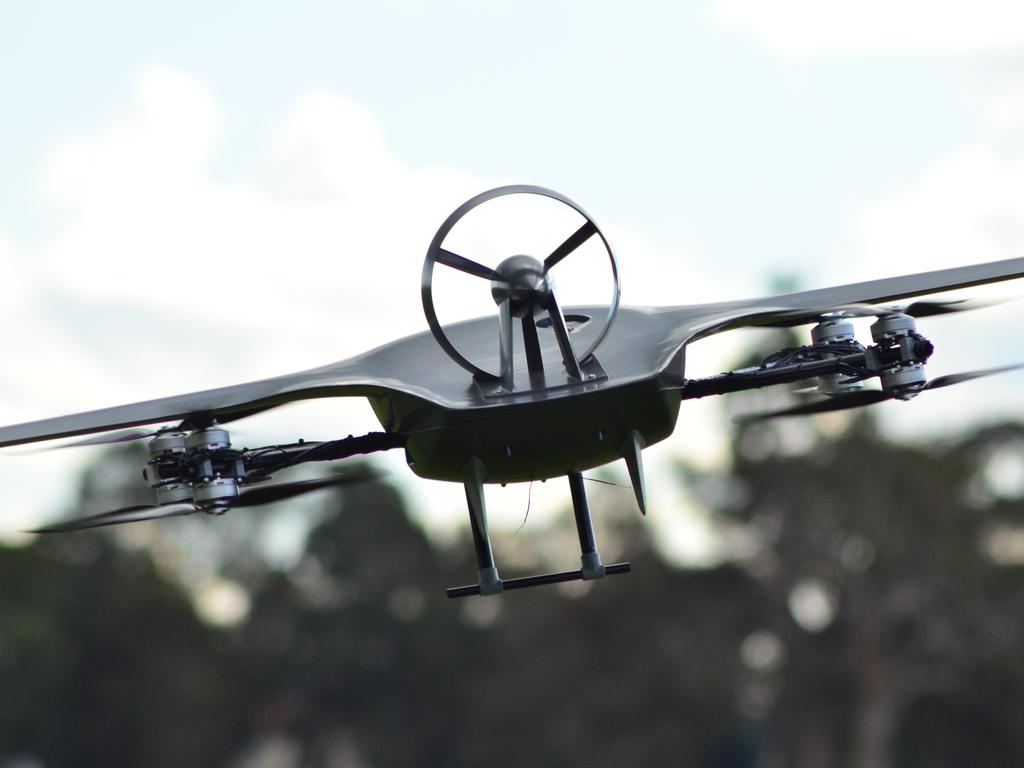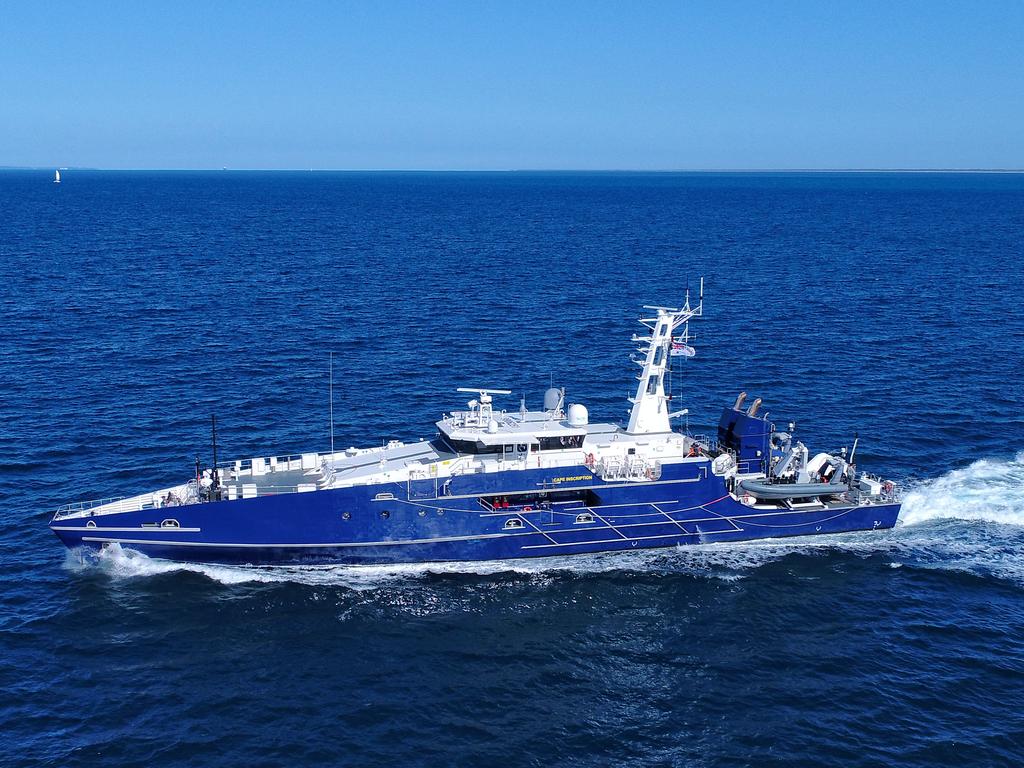
Six ageing subs for the next 20 years
Leasing some British or American submarines as a short-term gap filler if needed is being widely debunked. Australia will now spend 18 months studying the way forward.

Leasing some British or American submarines as a short-term gap filler if needed is being widely debunked. Australia will now spend 18 months studying the way forward.

Twenty years from now Australia could have the makings of a fleet of world-class nuclear-powered attack submarines – or it could have no submarines at all. So what to do?

Australia will continue to have, after improvements, a formidable fleet of six highly capable submarines until they are replaced – whenever that might be.

It has been confirmed the nine Hunter-class ships of the future frigates program will be bigger and weigh more than originally anticipated.

The new geostrategic reality requires a rethink on resilient supply chains in Australia and on how to support investment in our domestic defence industry.

More emphasis is needed by Defence on exploiting the enormous research capacity in Australia’s universities. Then perhaps we can ‘win without fighting’.

As the smallest of the four Quad nations, Australia draws leverage from the fact that the Biden Administration has made the group so central to its strategic policy settings.

The Peever Review of Defence’s innovation system could facilitate much faster commercialisation of technology developed by Australian innovators.

Adelaide-based Silentium Defence is a leader in passive radar technology, which promises to revolutionise the way objects in space are monitored from Earth.

Undersea warfare will depend on how crewed platforms such as submarines work with networked sensors and autonomous platforms.

Economic and national security will largely rely, not just on our ability to compete globally, but also on self-reliance and resilience in manufacturing.

The deteriorating strategic context is driving transformation of the Australian Army, says Chief of Army Rick Burr.

The nuclear-powered submarines decision has been made and now we must work out how to manage the huge complexities.

The Australian Defence Force confronts a growing challenge posed by a range of adversary counterspace capabilities that can threaten its future satellite systems.

Robotics, autonomous systems and artificial intelligence lies at the heart of the navy’s future warfighting strategy. It also means a potential $10bn market for smart underwater systems.

The implosion of the Australian army’s signature digitised tactical command and control system is not only going to cost a lot of money but also risks sparking an international diplomatic incident.

WA-based aerospace engineering company Innovaero is eyeing a new opportunity for the Australian navy’s forthcoming $1.6bn drone project, SEA 129 Phase 5.

After overseeing multibillion-dollar programs for the commonwealth, Air Vice-Marshal (R’td) Chris Deeble has now set his sights on turning Northrop Grumman Australia (NGA) into one of the country’s top five Defence contractors.

WA shipbuilder, Austal, is currently building Guardian-class patrol boats for 12 Pacific nations and Timor Leste; and “evolved” Cape-class patrol boats for the RAN.

The WA government’s plan to double Defence’s annual contribution to the economy drove to the foundation of the Defence Science Centre, which aims to exploit the technology base that underpins the state’s civil industry sectors.
Original URL: https://www.theaustralian.com.au/special-reports/defence/page/16